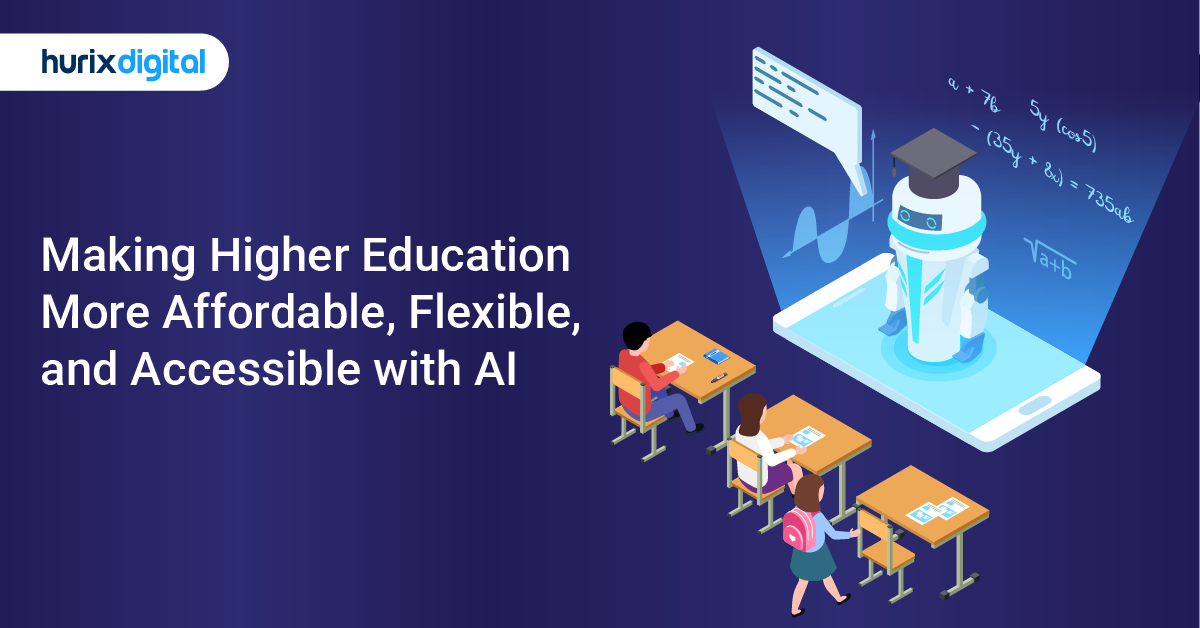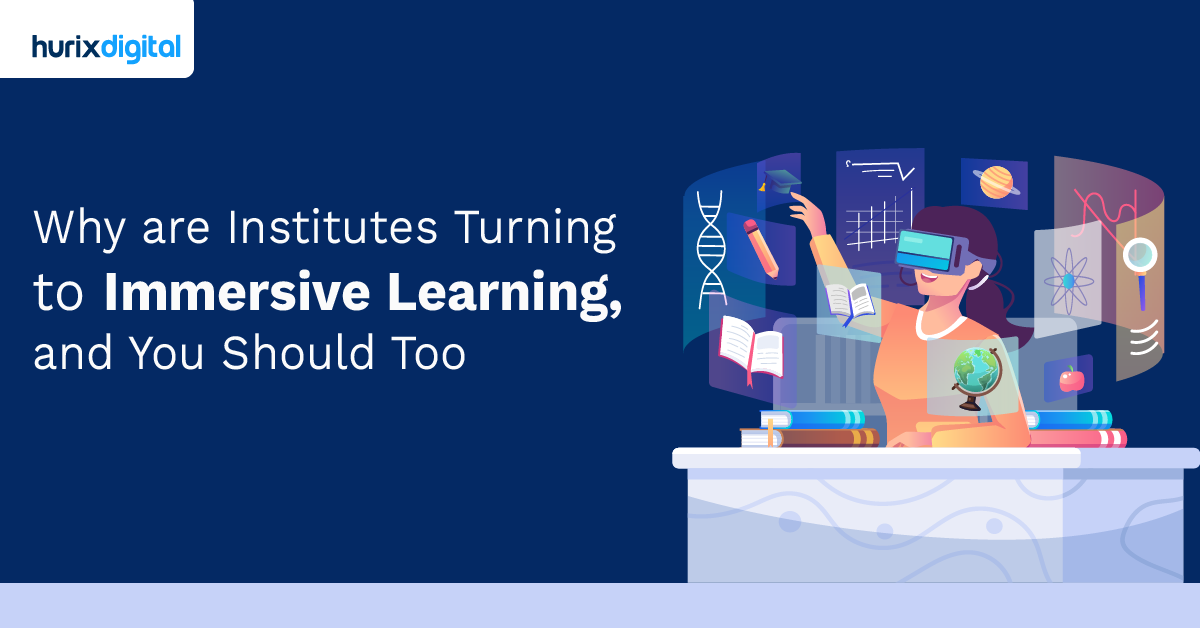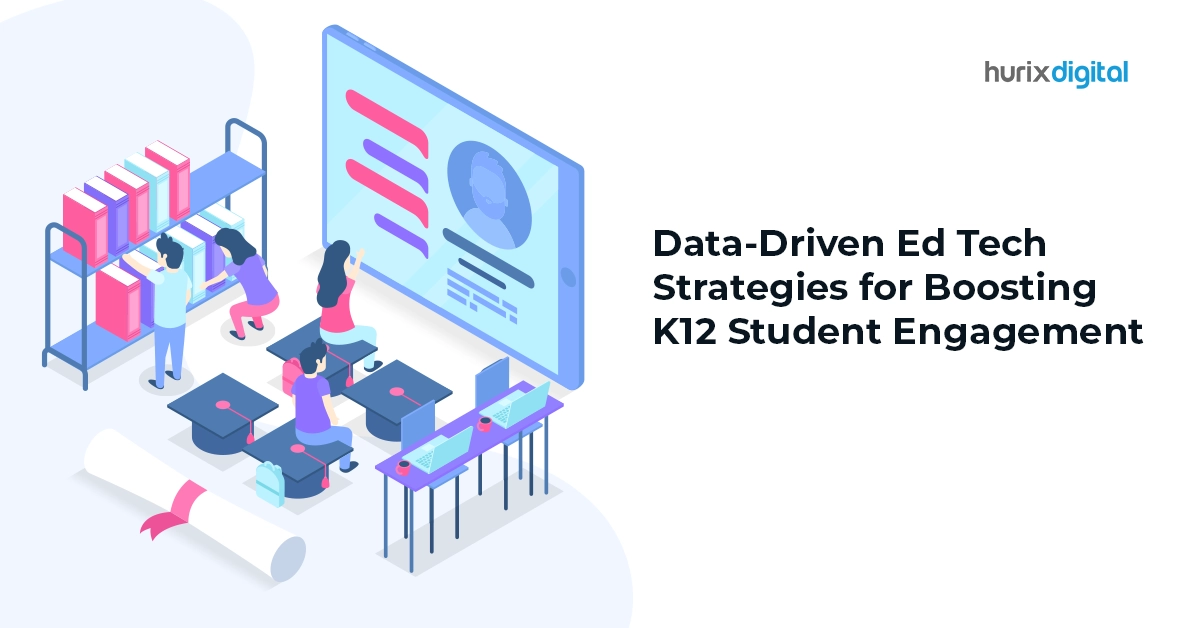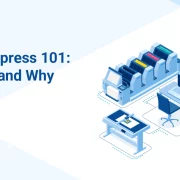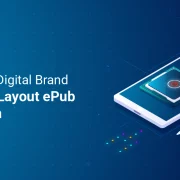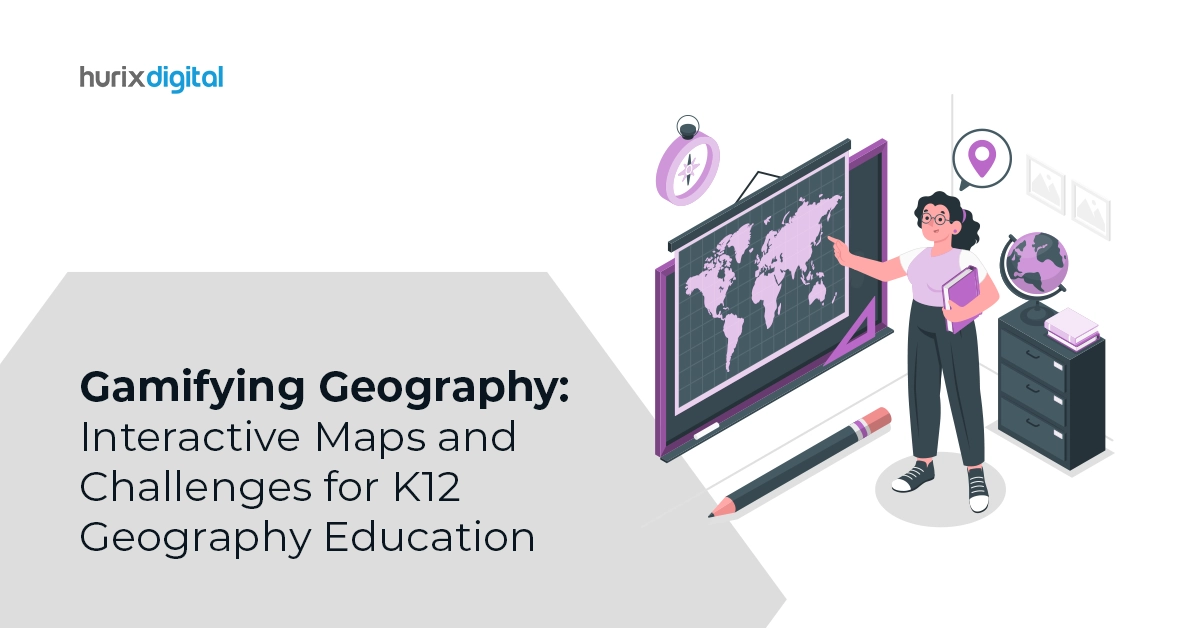
Gamifying Geography: Interactive Maps and Challenges for K12 Geography Education
Summary
Explore how gamified geography lessons can engage K12 students. This article highlights interactive maps and challenges as tools for enhancing geography education.
K12 geography education transforms monotonous map quizzes and rote-learned capitals into an exciting, immersive adventure. This transformation is driven by the innovative force of gamification in education.
It incorporates digital game mechanics like points, badges, and engaging challenges into interactive teaching strategies.
Gamifying geography reimagines geography education by leveraging the innate human urge for enjoyment and competitiveness. It boosts engagement, motivates students, and enhances knowledge retention.
In this article, we delve into the innovative realm of gamification in education, specifically focusing on its transformative impact on K12 geography learning.
We’ll explore how interactive maps, immersive challenges, and captivating game mechanics can unleash a world of possibilities for educators and students alike.
Table of Contents:
- From Textbooks to Thrilling Quests
- Interactive Maps: Where Learning Comes Alive
- Gamification Techniques for K12 Geography Education
- Designing Engaging Challenges for K12 Students
- Implementation Strategies for Educators
- The Future of K12 Geography Education
From Textbooks to Thrilling Quests
Traditionally, K12 geography education relied heavily on static textbooks and rote memorization, leaving many students needing help to connect with the material.
This often resulted in disengagement and boredom, ultimately hindering knowledge retention. Gamification in education flips this script by harnessing the inherent power of play.
Gone are the days of monotonous repetition. Students become explorers, adventurers, and problem-solvers, actively participating in quests, challenges, and interactive games that bring geographical concepts to life.
A 2023 study showed a 60% increase in student participation in gamifying geography lessons compared to traditional methods. This highlights the transformative power of gamification in education: students are no longer passive recipients of information but active participants in their learning journey.
Interactive Maps: Where Learning Comes Alive
Interactive maps can significantly improve student learning outcomes in geography. Compared to traditional static maps, interactive versions allow students to zoom in and out, explore different layers of information, and even manipulate data sets.
This active learning experience fosters deeper understanding and better retention of geographical knowledge.
Examples of Interactive Map Platforms Tailored for K12 Geography Education
Several interactive map platforms cater specifically to K12 education. These platforms offer user-friendly interfaces, engaging features, and educational content. Some popular options include:
- National Geographic Learning: This platform provides interactive maps with historical timelines, cultural information, and virtual tours.
- Google Earth: This free tool allows students to explore the planet in stunning detail, from mountain ranges to underwater coral reefs.
- Hurix Digital: Hurix Digital provides complete course development services for K–12 schools and colleges that support teachers in crafting engaging educational opportunities.
Integrating Real-Time Data and Customization Features
Many interactive maps allow teachers to integrate real-time data feeds. It makes gamifying geography lessons even more relevant and engaging.
Students can explore live weather patterns, track animal migrations, or monitor environmental changes – all within the context of a map.
Additionally, some platforms allow teachers to customize maps by adding pins, labels, and drawing tools. It makes sure to tailor the experience to specific learning objectives.
Also Read: The Best 5 Tech Tools That Make K12 Online Education Programs More Rewarding
Gamification Techniques for K12 Geography Education
Gamification in education involves incorporating game-like elements into non-game contexts. It’s a powerful tool for boosting student motivation and engagement in gamifying geography lessons.
Here are some effective techniques:
1. Points, Badges, and Leaderboards
Awarding points for completing tasks and badges for achieving milestones can motivate students.
Showcasing student progress on leaderboards creates a healthy sense of competition.
2. Quests and Challenges
Develop engaging quests for students where they can learn by completing challenges:
- Encourage exploration across various regions to foster a deeper understanding of global geography.
- Enhance students’ ability to recognize and understand geographical features by integrating challenges that require them to identify landmarks, terrain types, and other significant elements.
- Develop problem-solving skills by presenting challenges related to interpreting and analyzing map data, such as locating coordinates, calculating distances, or understanding thematic maps.
These challenges can be individual or team-based, fostering collaboration and critical thinking skills.
3. Personalization and Progression
Gamification in education platforms can be personalized to cater to individual learning styles.
Students can choose their difficulty level, explore topics at their own pace, and receive targeted feedback based on their performance.
This ensures a more inclusive and effective learning experience for everyone.
Designing Engaging Challenges for K12 Students
The key to successful gamifying geography education is creating engaging challenges that are both fun and educational.
Here’s how to design effective challenges:
1. Create Thematic Challenges Aligned with Curriculum Objectives
Develop challenges that directly link to specific curriculum objectives. For example, students can participate in a “World Landmarks Scavenger Hunt” to identify and learn about famous locations.
They can also play “Climate Change Challenge” to analyze data and understand its impact on different regions.
2. Incorporate Storytelling Elements to Enhance Engagement
Adding a story to your challenges can significantly enhance student engagement.
Imagine a scenario where students are tasked with helping a fictional explorer navigate a new territory.
They’ll need to use their map skills and geographical knowledge to overcome obstacles and complete the mission.
3. Balance Difficulty Levels to Accommodate Diverse Skill Sets
Offer challenges with varying difficulty levels to cater to students with different skill sets and learning paces.
This ensures everyone can participate, experience success, and gradually progress their geographical knowledge.
Implementation Strategies for Educators
Integrating gamified elements into your K12 geography education doesn’t have to be complicated. Here are some practical strategies:
1. Integrating Gamified Elements into Lesson Plans
Start by identifying key learning objectives for your lesson. Then, explore how gamified activities and interactive maps can support those objectives.
This could involve using a map-based quiz, assigning a team challenge, or creating a gamified homework assignment.
2. Providing Guidance and Support for Student Participation
Before launching any gamified activity, clearly explain the rules, objectives, and how students can earn rewards.
Offer support and guidance throughout the activity to ensure everyone understands the tasks and can participate effectively.
3. Assessing Learning Outcomes and Adjusting Strategies Accordingly
Monitor student progress through the gamified activity and assess their understanding of geographical concepts. Use this information to adjust your strategies.
- For future lessons, ensure the gamified approach is effectively meeting your learning objectives.
- Pay attention to student engagement levels and adjust the difficulty or format of challenges as needed.
Also Read: 3 Tips for Introducing Competency-Based Learning into K12
The Future of K12 Geography Education
Gamification in education serves as a transformative force, paving the way for a future of engaging and impactful educational experiences.
Leveraging the power of interactive maps, diverse digital games, and inclusive content, we can empower students to become passionate explorers, critical thinkers, and responsible global citizens.
Ready to explore the world of gamification in education? Hurix Digital offers innovative solutions to engage students and bring geography to life. Contact us today to learn more!

Senior Vice President – Business Development
Over 25 years of experience in the edtech and workforce learning industry with strong skills in Business Development, Customer Relationship Management (CRM) and Strategy.
